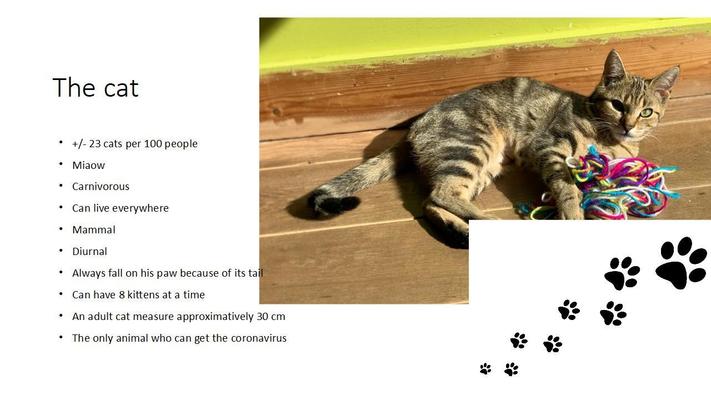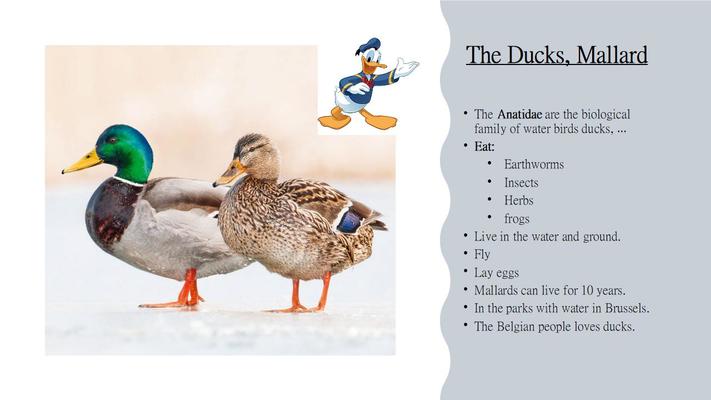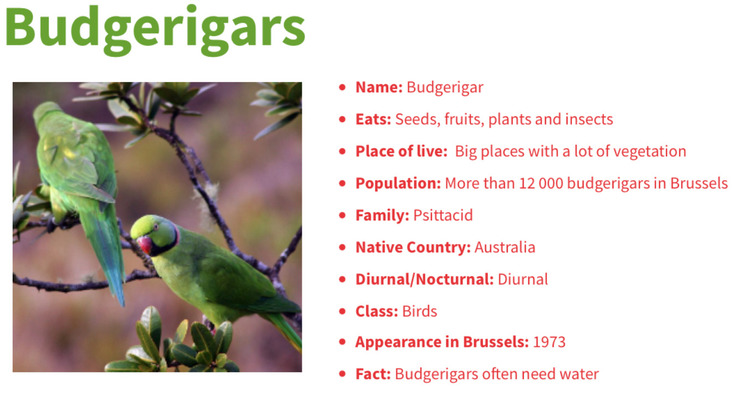An activist and a Climatologist at school
We were lucky to welcome Adelaïde Charlier, Belgian activist for the climate and Jean-Pascal van Ypersele, climatologist at our school.
They answered our questions on climate change. They also gave us hope that young teenagers can really take actions to have an impact on decisions.
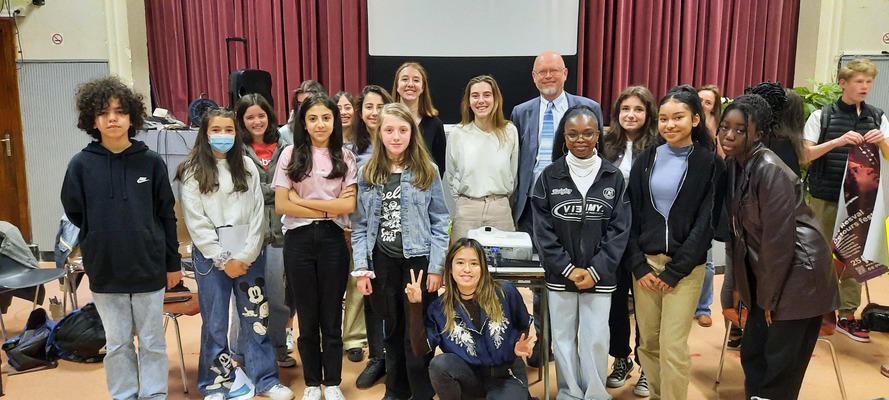

Preparations for Portugal mobility
An expert came at school to talk about water issues to our 3 pupils going to Portugal in May.

Class outside (28/04/2022)
It was the last challenge of the year. The teachers took their students outside the classroom to teach in the outdoor, in contact with the nature.


The EcoTeam of the school also organised some activities on the playground during the break.
- upcycling activity: making a flower pot from a can

- photobooth: taking pictures with our friends the animals (cuddly toy of course!)

- testing your smell, only frangrances from the nature
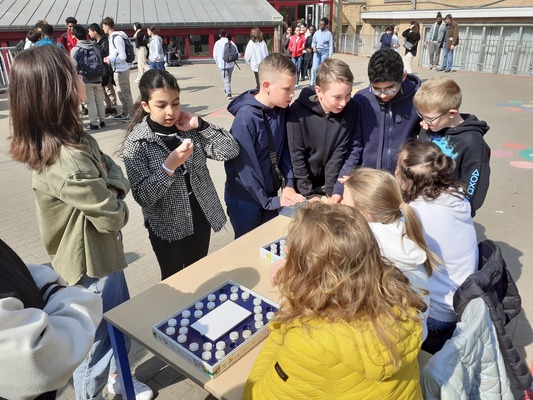
- debating and giving new ideas for the EcoTeam

- treasor hunt to win a plant

- Taking part in a quizz

Water day - free flavoured water bar

Big jumper day - Fashion show

Kahoot


Kahoot!.pdf
School Video
This is a short video to present Notre-Dame de la Sagesse school in Brussels, Belgium.
Good Planet Challenge 1 - Eat local food
Good planet is an organisation that wants to change our society to a sustainable society by making small or big moves.
In Belgium, 500 schools participated in “croque local” which means eat local food.
We received an apple at school on the eve of world food day.
This free apple came from an orchard in Belgium (40 kilometres from our school). This avoids a long journey so less pollution as well.
It was of course not wrapped in plastic. The apple was so delicious... yummy!
Article written by the 6TQP students, collaboratively.

The students working on the project:
This is the result of a work in arts class
Visit of a beekeeper

On Thursday 07 October, a beekeeper came in the class of 6tqp (vocational section of the school, arts students).
He explained how bees make honey, how they breed and how many they are in a beehive.
A slideshow was shown for the students to understand better.
There were a lot of pictures of bees but also their anatomies and their function in the beehives.
He explained us how a beehive works and he told us about the rules to sell honey on the market.
This class has a project, Erasmus + friends of Environment biodiversity. So, he came to explain why bees are the most important insect.
They mean a lot for the Environment because without them flowers will not reproduce so fruit will not grow and vegetables as well.
Without bees we’d be dead. We could see that the beekeeper is passionate about them.
He explained things very well so it was very catchy.
To be devoted to our project we needed to know more about bees so it was really useful.
Written by Alyssa and Adriana

Our Campaign for bees
After the visit of the beekeeper, students worked on a campaign to promote and protect bees.
Allan, Anais & Solan
Claire, Assia & Michael
Adriana, Ella & Alyssa
Camille & Lukas
Wildlife in Brussels.
Each student had to do some research around an animal we can find in Brussels or in Belgium. You can find some interesting facts on these slides.
Enjoy the reading...





